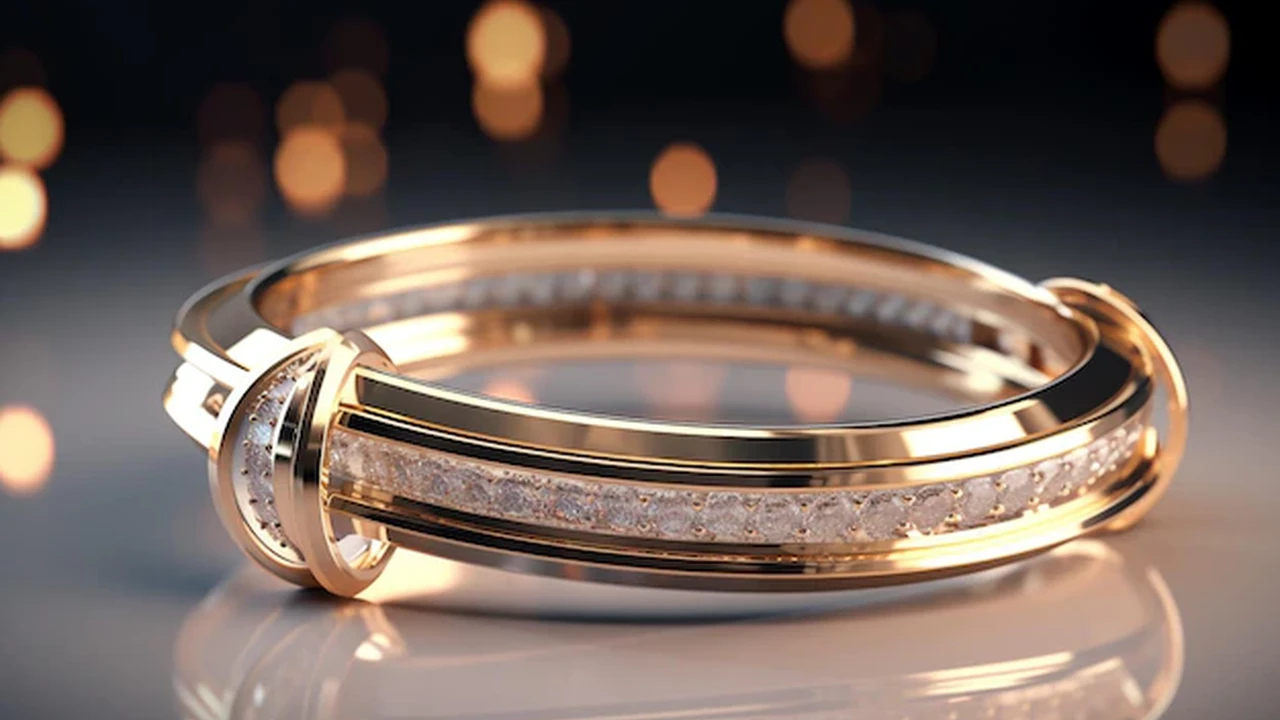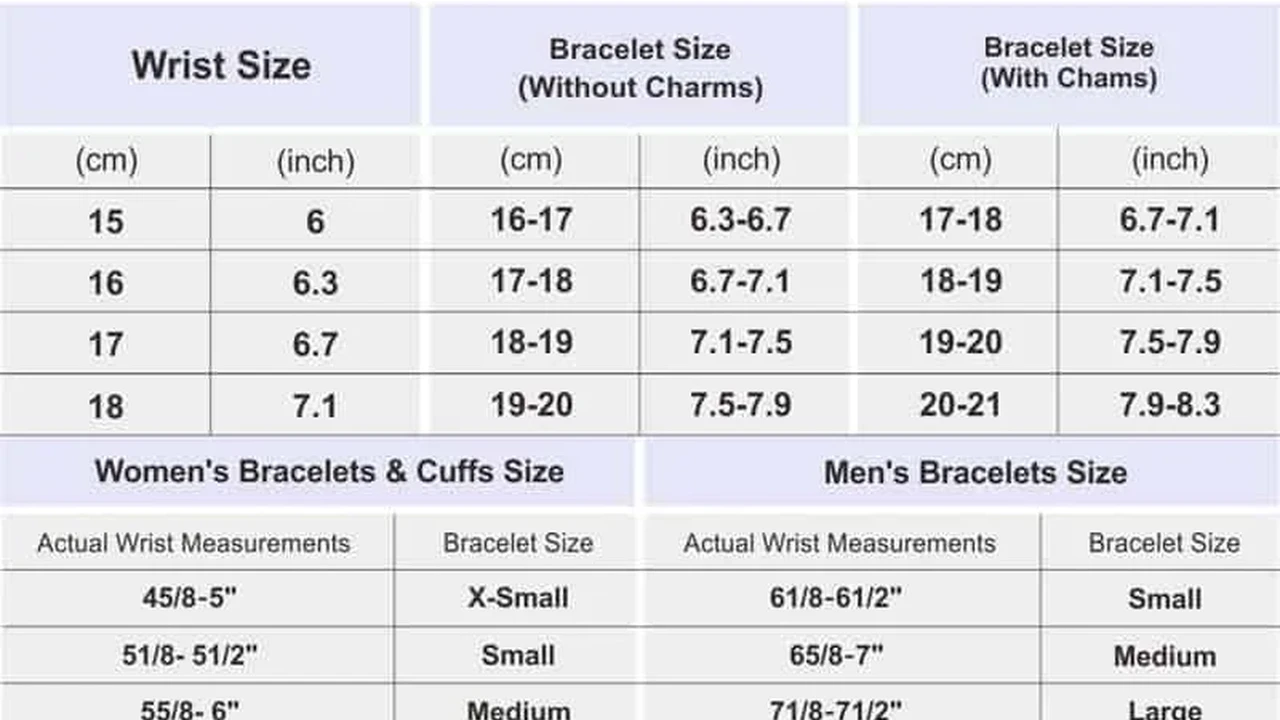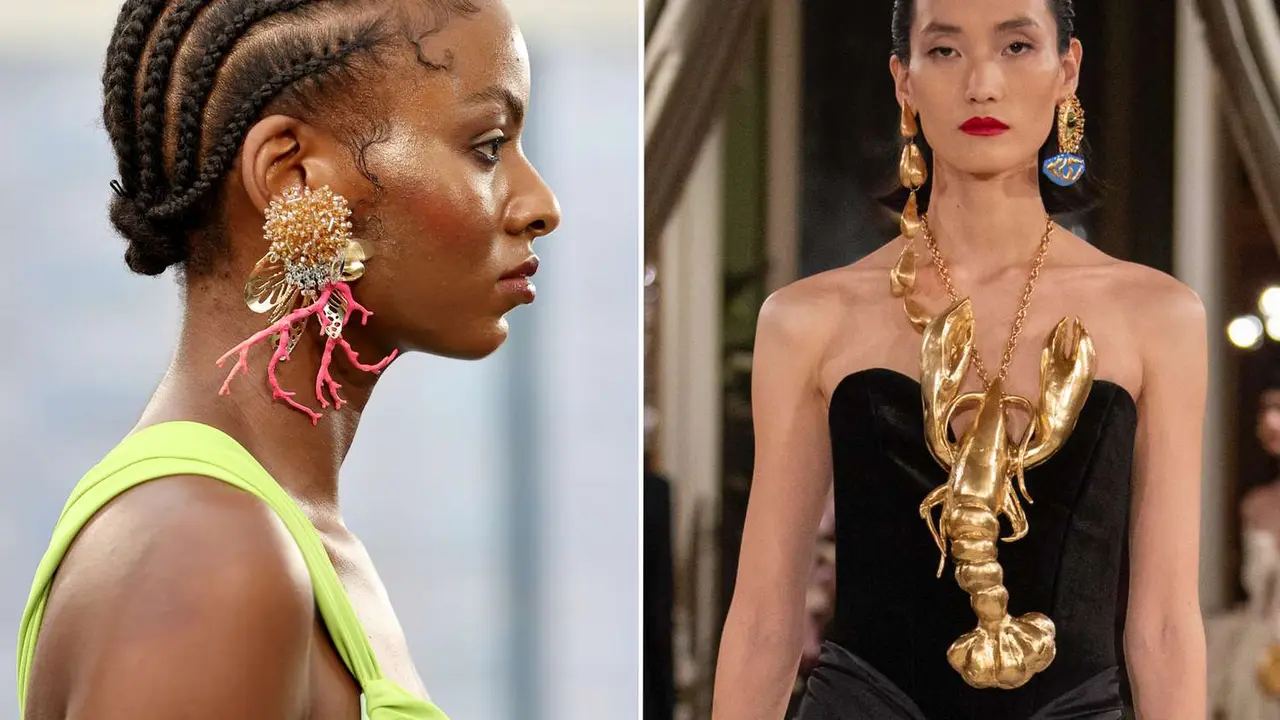High Jewelry Creations The Timeless Elegance of Pearls
explore the timeless elegance of pearls in high jewelry. learn about different pearl types and their use in classic and contemporary designs.

The Enduring Appeal of Pearls in High Jewelry Designs
Pearls. They're classic, elegant, and have been prized for centuries. But they're not just your grandma's necklace anymore! In the world of high jewelry, pearls are experiencing a major resurgence, being incorporated into both traditional and cutting-edge designs. What makes them so eternally appealing? Let's dive into the fascinating world of pearls and see how they're being used in today's most stunning high jewelry creations.
Types of Pearls Understanding Quality and Value for High Jewelry
Not all pearls are created equal! Knowing the different types is crucial when appreciating and investing in pearl jewelry. Here’s a breakdown:
- Akoya Pearls: These are the classic cultured pearls, known for their round shape, high luster, and creamy white color. They're primarily farmed in Japan and China. They are a staple in high jewelry, often used in necklaces, earrings, and bracelets.
- South Sea Pearls: These are the "queens" of pearls, renowned for their large size (often exceeding 10mm), thick nacre, and luxurious luster. They come in shades of white, gold, and silver, and are farmed in Australia, Indonesia, and the Philippines. Their size and rarity make them a favorite for statement pieces.
- Tahitian Pearls: Also known as black pearls, these are grown in French Polynesia. They're prized for their dark, iridescent colors, ranging from deep black to shades of gray, green, and purple. Their unique color palette makes them ideal for bold and dramatic designs.
- Freshwater Pearls: These are the most affordable type of cultured pearl, grown in lakes and rivers, primarily in China. They come in a wide range of shapes, sizes, and colors. While not as rare or valuable as other types, high-quality freshwater pearls can still be beautiful and are often used in more accessible high jewelry designs.
Key factors affecting pearl value: Nacre thickness (the pearly coating), luster (shine), shape (round is generally more valuable), size, and surface quality (fewer blemishes are better).
Classic Pearl High Jewelry Designs A Timeless Investment
Some designs never go out of style. Think Audrey Hepburn in Breakfast at Tiffany's. Here are a few classic pearl high jewelry designs that remain eternally chic:
- The Pearl Strand Necklace: A single or multi-strand necklace of perfectly matched pearls is the epitome of elegance. Look for Akoya or South Sea pearls for the highest quality.
- Pearl Stud Earrings: Simple yet sophisticated, pearl studs are a versatile addition to any jewelry collection.
- Pearl and Diamond Brooches: These add a touch of vintage glamour to any outfit. Look for intricate designs featuring pearls and sparkling diamonds.
Contemporary Pearl High Jewelry Creations Breaking the Mold
Pearls aren't just for traditional designs anymore! Designers are pushing the boundaries and incorporating them into modern and edgy pieces:
- Asymmetrical Pearl Earrings: Mismatched earrings are a huge trend, and pearls are perfect for creating a unique and eye-catching look.
- Pearl and Metal Sculptural Rings: Bold rings that combine pearls with unconventional metals and sculptural designs are making a statement.
- Pearl-Embellished Chokers: Chokers are back, and designers are adding a touch of elegance with delicate pearl embellishments.
Pearl High Jewelry Product Recommendations and Usage Scenarios
Let's get specific! Here are a few product recommendations and ideas on how to wear them:
- Mikimoto Akoya Pearl Necklace: (Price Range: $2,000 - $10,000+) Mikimoto is synonymous with quality Akoya pearls. Their classic strand necklaces are a timeless investment. Usage Scenario: Perfect for formal events, weddings, or adding a touch of elegance to a business outfit.
- Tasaki South Sea Pearl Ring: (Price Range: $5,000 - $20,000+) Tasaki is known for its innovative designs using South Sea pearls. Look for rings with unique settings and sculptural elements. Usage Scenario: A statement piece for special occasions or adding a touch of luxury to everyday wear.
- Chanel Camélia Pearl Earrings: (Price Range: $1,500 - $5,000+) Chanel's iconic camellia motif is often paired with pearls, creating a classic yet modern look. Usage Scenario: Versatile enough for both day and evening wear.
- Autore Tahitian Pearl Pendant: (Price Range: $3,000 - $15,000+) Autore specializes in Tahitian pearls, showcasing their unique colors and iridescence. Look for pendants with simple settings to let the pearl take center stage. Usage Scenario: Adds a touch of drama and sophistication to any outfit.
Pearl High Jewelry Price Comparison Factors Affecting Value
The price of pearl high jewelry can vary greatly depending on several factors:
- Pearl Type: South Sea and Tahitian pearls are generally more expensive than Akoya and freshwater pearls.
- Pearl Size: Larger pearls command higher prices.
- Pearl Quality: Luster, nacre thickness, shape, and surface quality all influence price.
- Brand: Established brands like Mikimoto and Tasaki often command premium prices.
- Design Complexity: Intricate designs with precious metals and diamonds will increase the price.
Example Price Comparison: A simple Akoya pearl stud earring might cost $500 - $2,000. A similar South Sea pearl stud earring could easily cost $3,000 - $10,000 or more.
Caring for Your Pearl High Jewelry Maintaining Luster and Beauty
Pearls are delicate and require special care to maintain their luster and beauty:
- Avoid Harsh Chemicals: Perfume, hairspray, and cleaning products can damage the nacre.
- Wipe Clean After Wearing: Use a soft, damp cloth to remove any oils or perspiration.
- Store Separately: Keep pearls in a soft pouch or jewelry box to prevent scratches.
- Restring Regularly: Pearl necklaces should be restrung every year or two to prevent breakage.
- Professional Cleaning: Have your pearl jewelry professionally cleaned every few years.
The Future of Pearls in High Jewelry Sustainable and Ethical Sourcing
As consumers become more conscious of ethical and sustainable practices, the jewelry industry is responding. Look for brands that prioritize responsible pearl farming and sourcing. This includes ensuring fair labor practices, minimizing environmental impact, and supporting local communities. In addition, pearls are a naturally renewable resource, unlike mined gemstones, making them a more sustainable choice.
:max_bytes(150000):strip_icc()/277019-baked-pork-chops-with-cream-of-mushroom-soup-DDMFS-beauty-4x3-BG-7505-5762b731cf30447d9cbbbbbf387beafa.jpg)






